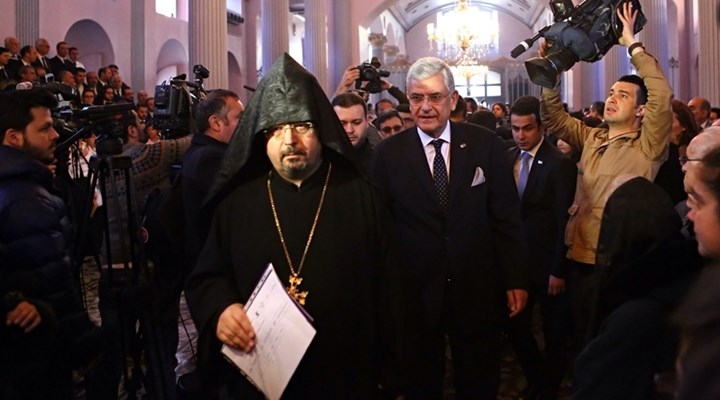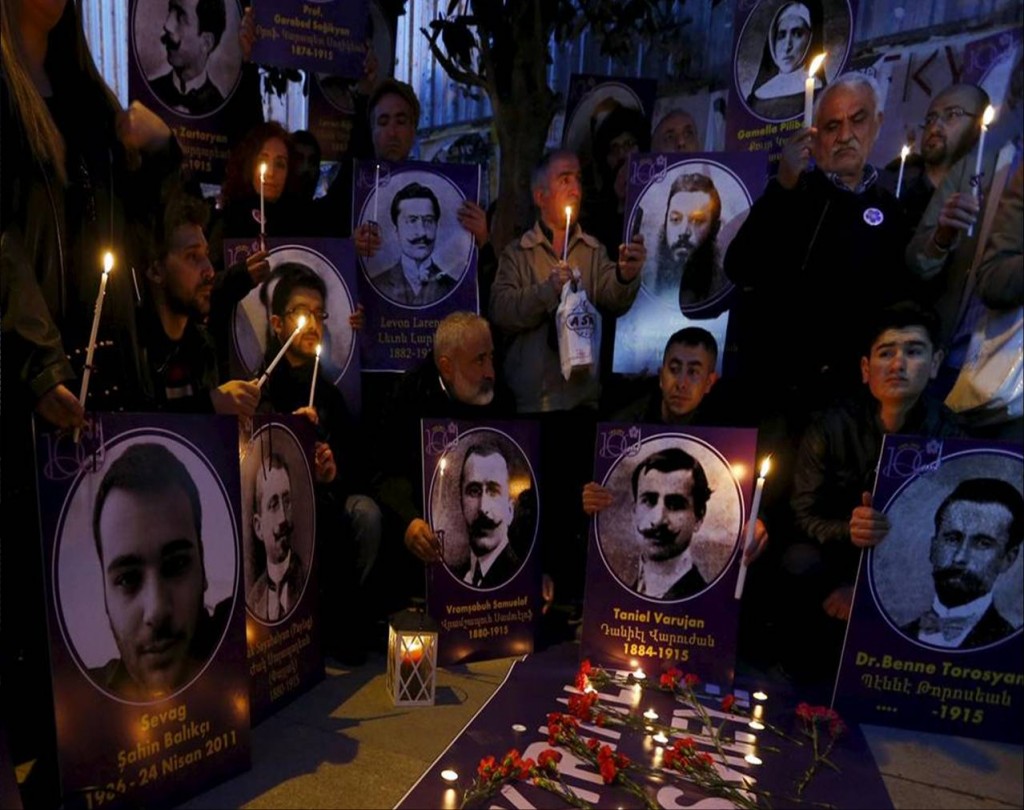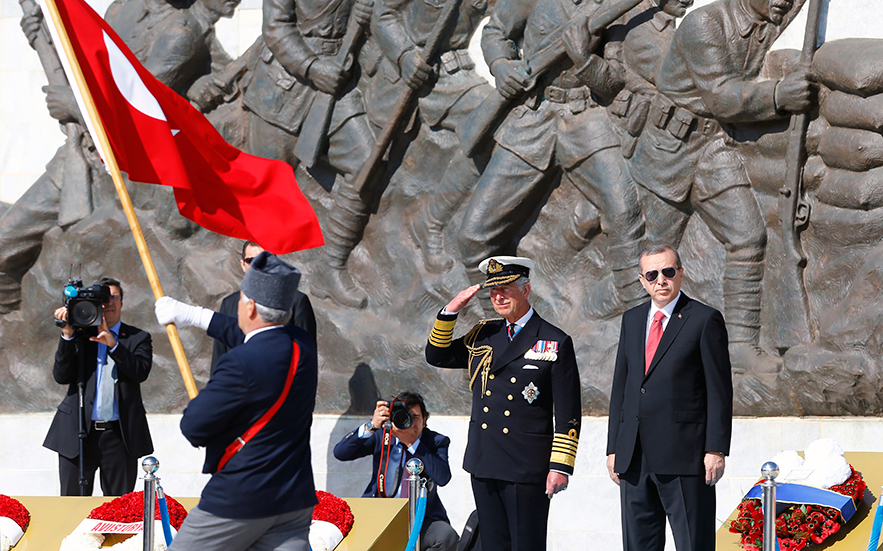Turkey commemorated two devastating legacies of World War One in back-to-back events in April.
On the 24th, President Recep Tayyip Erdoğan hosted Prince Charles and 21 heads of state in Çanakkale to mark the centenary of the Gallipoli landings, which claimed 140,000 lives. It was a day of reconciliation between former foes, mixed with patriotic pride for the Turks who recalled a famous Ottoman victory during the dying days of the Empire.
President Erdoğan, Prince Charles, the presidents of Ireland and Pakistan, Michael Higgins and Mamnoon Hussain, and the prime ministers of Australia and New Zealand, Tony Abbott and John Key, were among those who laid wreaths at the Cape Helles memorial, a towering stone obelisk on the southernmost tip of the Gallipoli peninsula whose square base walls bear the names of the 20,673 British and Commonwealth servicemen who lost their lives.
Mehmet Görmez, the head of the Directorate for Religious Affairs (Diyanet), gave the first speech during an hour-long service of music, readings and prayers. Both Prince Charles and his son Prince Harry also read at the service.
Abbott and Key also attended the annual Dawn Service in the early hours of Saturday at Anzac Cove with their compatriots. An estimated 10,000 Australians and New Zealanders had travelled to Turkey to honour the soldiers who had landed at Gallipoli on 25 April 1915, many never to return to their homes.
Later in the day, President Erdoğan came together with Prince Charles for a Peace Summit organised in Istanbul.
Turkey also commemorates mass killings of Armenians
On 24th April, thousands of Turks and Armenians from around the globe also came together to commemorate the centenary of the 1915 mass killings of Armenians in the Ottoman Empire.
The date marks the one hundredth anniversary of the first Ottoman order that led to Armenian leaders being rounded up by officials fearful of an internal revolt just as they faced Allied assaults on two fronts. In May 1915 more edicts were issued, which resulted in the forceful deportation of Armenians from their ancestral homelands in eastern Anatolia. Tens of thousands were killed by the torturous march to Syria or through the ravages of war, with many more murdered by Turks and Kurds.
Turkey officially refuses to accept the events as ‘genocide’ and academics continue to dispute the total numbers killed, with estimates ranging from six hundred thousand to as high as 1.5 million Armenians who perished during World War I. However, under the AKP government historic steps have been taken to recognise the huge loss of life by Armenians and to reach out to relatives of those killed.

Chief among the various events organised by Turkish and foreign nongovernmental organisations in Turkey throughout Friday 24th April 2015 was a special service by the Turkish Armenian Patriarchate at the Mother Mary Church in Kumkapi. It was attended by Turkey’s EU minister Volkan Bozkir – the first time any Turkish government official has participated in an official commemoration event for Armenians.
Condolence messages were read out from the Turkish President and Prime Minister Davutoğlu, who could not attend as they were both in Çanakkale. Erdoğan’s message, addressed to Acting Patriarch Aram Ateşyan in Turkish, Armenian and English, said:
“Let me reiterate that we are cognizant of the sorrowful events experienced in the past by the Armenian community and that I sincerely share your pain. Please rest assured also that our hearts remain wide open to the grandchildren of the Ottoman Armenians all around the world,”
In Taksim Square, an event attended by thousands of people and guarded by hundreds of security forces featured Armenian music and speeches by local and international community leaders.
“Never again”
Diclan Tarakci, a 52-year-old pensioner from Turkey who attended the commemoration, told Al Jazeera that she wanted Turkey to make peace with its past: “Turkey is discussing the [Armenian] issue more today than yesterday. These are big steps, but there is still a long way to go. I am hopeful.”
“My ancestors saved an Armenian child in 1915 by hiding him. They did not even know him,” she added.
There was another commemoration event at Haydarpaşa train station, where on 24 April 1915, over 200 Armenian community leaders, including intellectuals and scientists, were deported from Istanbul to Syria, or killed.
Several Turkish media also covered the Armenian commemorations. Turkey’s Armenian newspaper Agos, whose former editor Hrant Dink was murdered in 2007, published a special edition in both Armenian and Turkish, whose masthead read: “The never-ending denial, the longest genocide.”
Cumhuriyet, a centre-left secular broadsheet, ran the headline: “Never again”, and featured an extensive interview with Hrant Dink’s widow Rakel, and her family’s difficult experiences in Turkey during and after War War I.

Main photo: President Erdoğan & Prince Charles pay their respects at Çanakkale on 24 April 2015. Photo: RT.com





